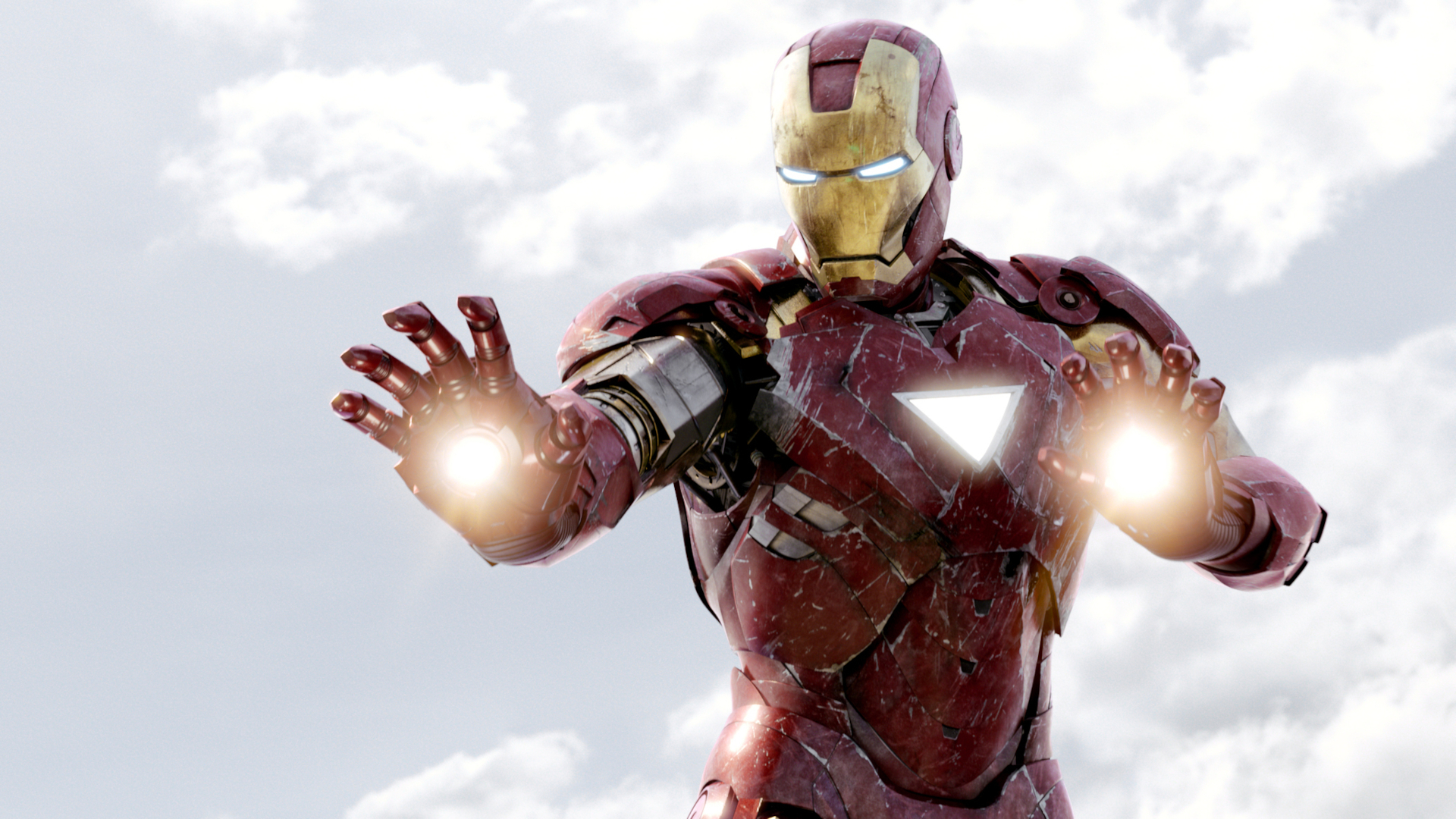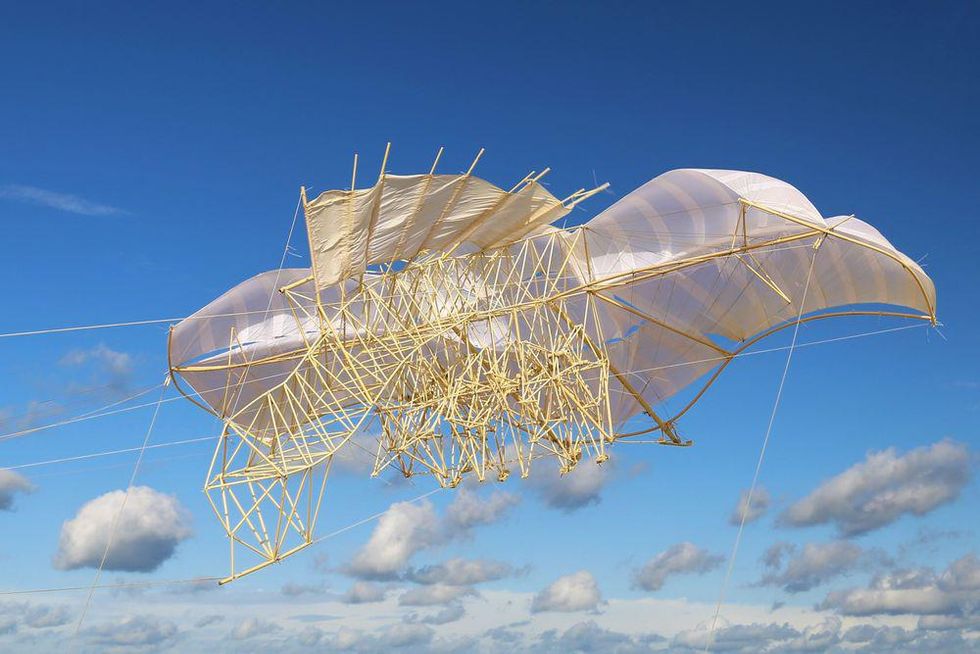
The liftoff of a SpaceX cargo ship on the way to the International Space Station early Tuesday was the 31st and final orbital launch from Florida’s Space Coast in 2021, setting a new record for the most space missions to depart from the spaceport in a calendar year.
The tally includes 28 launches of SpaceX’s Falcon 9 rockets from Kennedy Space Center and neighboring Cape Canaveral Space Force Station. Three Atlas 5 rockets from United Launch Alliance also took off from Cape Canaveral this year.
The 31 orbital launches exceeds the 30 missions that rocketed into orbit from the Space Coast last year. The record set last year broke the previous mark for the the most orbital launches from the Space Coast in a year, set in 1966 with 29 successful trips into orbit.
It was also the 31st Falcon 9 launch of the year overall for SpaceX, including the 28 flights from Florida and three launches from Vandenberg Space Force Base in California. That’s a new company record for launch activity in a year, blowing past the 26 Falcon 9 missions SpaceX performed in 2020.
The final launch of the year from the Florida spaceport lilted off from pad 39A at Kennedy at 5:07:08 a.m. EST (1007:08 GMT) Tuesday. After a rainy night in Central Florida, the cloud layer blanketing Cape Canaveral thinned out just enough fall within the Falcon 9’s launch weather criteria.
Nine Merlin 1D main engines, consuming kerosene mixed with liquid oxygen, powered the 215-foot-tall (65-meter) rocket off the pad with 1.7 million pounds of thrust.
In less than 20 seconds, the Falcon 9 disappeared into a veil of clouds, leaving behind a dissipating orange glow and a rumble from its engines that gradually faded as the rocket headed downrange northeast from Kennedy Space Center.
The rocket’s first stage booster — designated B1069 — was brand new and finished its job sending SpaceX’s Dragon cargo ship toward orbit about two-and-a-half minutes after liftoff.
The 15-story booster jettisoned and pulsed cold gas thrusters to re-orient for re-entry back into the atmosphere, culminating in a vertical landing on SpaceX’s drone ship “Just Read the Instructions” in the Atlantic Ocean nearly nine minutes into the mission.

The landing marked the 100th recovery of a Falcon booster stage. SpaceX reached the milestone Tuesday six years to the day after the first successful Falcon booster landing at Cape Canaveral on Dec. 21, 2015.
The Falcon 9’s second stage engine continued the mission into orbit, before cutting off and deploying the automated Dragon cargo freighter nearly 12 minutes after liftoff. The Dragon spacecraft, reused from a cargo mission to the station in June, opened its nose cone a few minutes later to reveal its docking mechanism and navigation sensors.
Firings of the spacecraft’s Draco thrusters will guide the Dragon on a final approach to the space station early Wednesday. An automated docking with the station’s Harmony module is scheduled at 4:30 a.m. EST (0930 GMT) Wednesday.
The Dragon cargo ship will deliver 6,590 pounds (2,989 kilograms) of supplies and experiments, including packaging, to the research lab’s seven-person crew.
The station crew is set to receive holiday gifts and a feast packed inside the Dragon spacecraft.
“Every year, we do our best to send up some presents to the crew,” said Joel Montalbano, NASA’s space station program manager. “I won’t get in front of Santa Claus and tell you what’s going to be sent up, but we are going have some gifts for the crew.”
The meal includes turkey, green beans, fruit cake, and smoked seafood.
The mission is SpaceX’s 24th resupply flight to the station since 2012 under multibillion-dollar contracts with NASA.
Here’s a breakdown of the cargo load:
• 2,468 pounds (1,119 kilograms) of science investigations
• 2,002 pounds (908 kilograms) of unpressurized payloads
• 852 pounds (386 kilograms) of crew supplies
• 724 pounds (328 kilograms) of vehicle hardware
• 400 pounds (182 kilograms) of spacewalk equipment
• 72 pounds (33 kilograms) of computer resources
The Dragon cargo ship will deliver four experimental CubeSats to the station from teams at Kennedy Space Center, Aerospace Corp., Utah State University, and Georgia Tech. The CubeSats will be robotically deployed outside the complex next year.
The scientific experiments launching to the space station include an investigation from Merck Research Labs studying monoclonal antibodies. The research focus of that experiment is on analyzing the structure and behavior of a monoclonal antibody used in a drug aimed at treating cancers.
Another experiment will assess the loss of immune protection in astronauts flying in space. Proctor & Gamble and NASA have partnered in another experiment to test the performance of a new fully degradable detergent named Tide Infinity, a product specifically designed for use in space.
Astronauts on the space station currently wear an item of clothing several times, then discard the garment. But crews flying to the moon and Mars won’t have the same supply chain of cargo missions to support them.
NASA says Tide plans to use the new cleaning detergent to “advance sustainable, low-resource-use laundry solutions on Earth.”
Dragon separation. SpaceX’s automated supply freighter has deployed from the Falcon 9 rocket’s upper stage to begin the 24th Dragon cargo flight to the International Space Station.
Docking at the station is set for early Wednesday.https://t.co/y704cncsdn pic.twitter.com/sBx3Tz0o5Y
— Spaceflight Now (@SpaceflightNow) December 21, 2021
Two research pallets from the U.S. military’s Space Test Program are riding inside the Dragon spacecraft’s unpressurized trunk. The two payloads, named STP-H7 and STP-H8, will be transferred from the Dragon spacecraft to mounting points outside the space station using the lab’s Canadian-built robotic arm.
The STP-H7 payload package will be mounted outside the European Space Agency’s Columbus lab module, according to NASA. STP-H8 will be placed on the exposed science facility outside the Japanese Kibo lab.
Two weather instruments from NASA’s Jet Propulsion Laboratory are hosted on the STP-H8 experiment package.
One of them, called the Compact Ocean Wind Vector Radiometer, or COWVR, will measure the direction and speed of winds at the ocean surface. The Temporal Experiment for Storms and Tropical Systems, or TEMPEST, instrument looks at atmospheric humidity, according to NASA.
Scientists will test the instruments’ performance in space during a three-year primary mission. Simultaneous measurements of ocean winds and atmospheric water vapor profiles could improve storm forecasting and weather models.
The COWVR instrument has been in development for a decade. It originally was designed to fly on a standalone military satellite to replace an instrument named WindSat that collects ocean wind data for the Defense Department.
WindSat is on the military’s Coriolis satellite, which has been in orbit since 2003 and is well beyond its design life.
A microwave instrument like COWVR or WindSat measures ocean winds through detecting naturally occurring microwave emissions from Earth’s surface. The microwave data can reveal the speed and direction of winds, useful in applications such as hurricane forecasting and naval deployments.

NASA partnered with the Defense Department in a $24 million program to develop a simplified, new-generation version of the WindSat instrument that can fit within smaller mass and volume constraints. The COWVR instrument weighs 130 pounds (59 kilograms), about an eight the mass of WindSat, and reduces the number of moving parts needed to spin the rotating microwave sensor and collect data.
The new instrument was reassigned from being hosted on its own satellite to a cheaper ride to the space station.
“COWVR has the distinct possibility of being an absolute game changer for our users,” said Don Boucher, principal scientist in the chief architect’s office in the Space Force. “It’s simpler to build, simpler to test, the timeframe to build the instrument is less – so you can build more of them for the same amount of money as one conventional radiometer. That has tremendous implications for our supply chain.”
The TEMPEST radiometer flying alongside COWVR will be sensitive to a different range of microwave signals that yield information about moisture in the atmosphere. The instrument, just the size of a cereal box, is a spare left over from a CubeSat program.
“TEMPEST brings to the table an ability to sense both the amount of atmospheric moisture and its vertical distribution,” said Steve Swadley, the lead for calibration and validation of microwave sensors at the U.S. Naval Research Laboratory in Monterey, California. “This is important both for numerical models and for characterizing the moisture surrounding tropical cyclones.”
Email the author.
Follow Stephen Clark on Twitter: @StephenClark1.
Note: This article have been indexed to our site. We do not claim legitimacy, ownership or copyright of any of the content above. To see the article at original source Click Here













